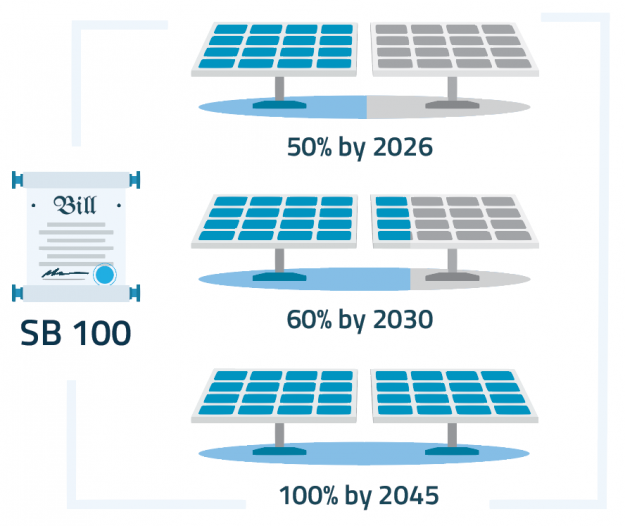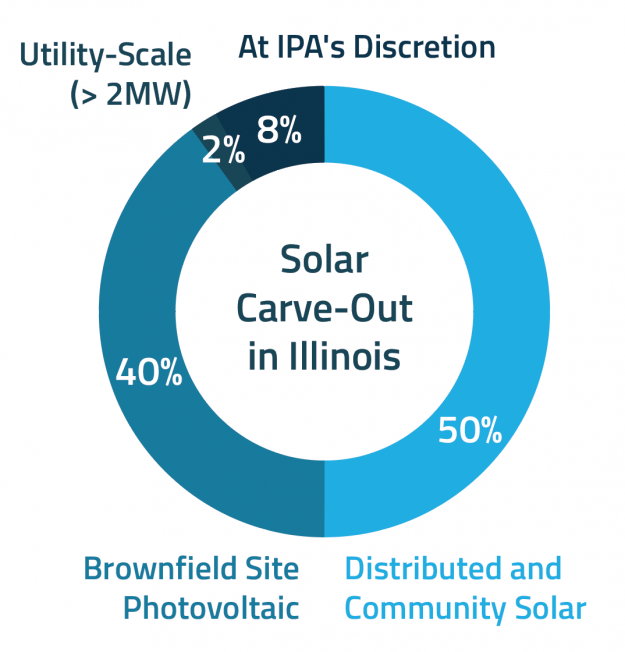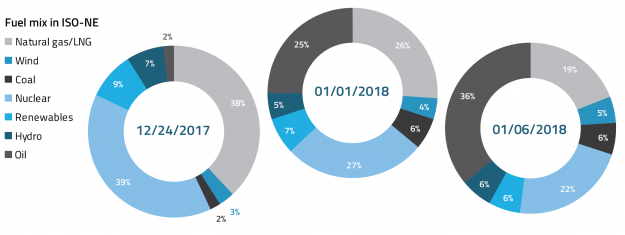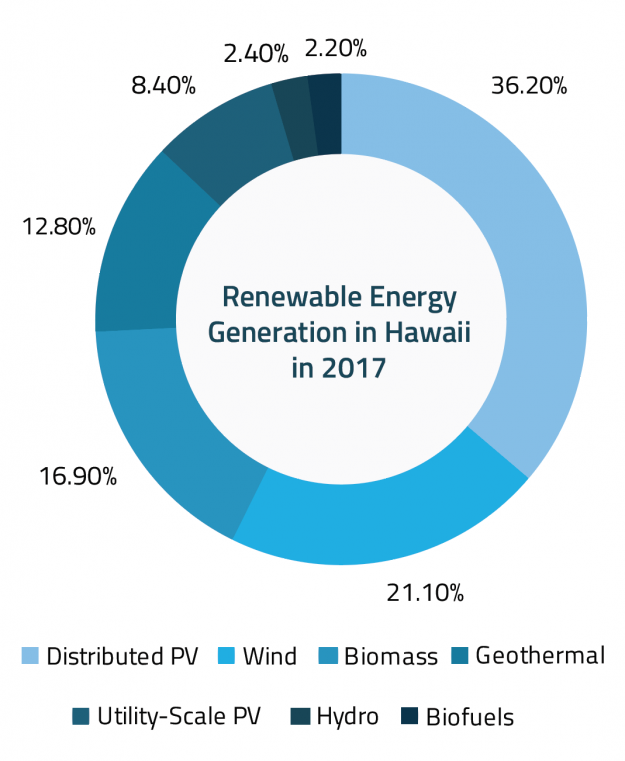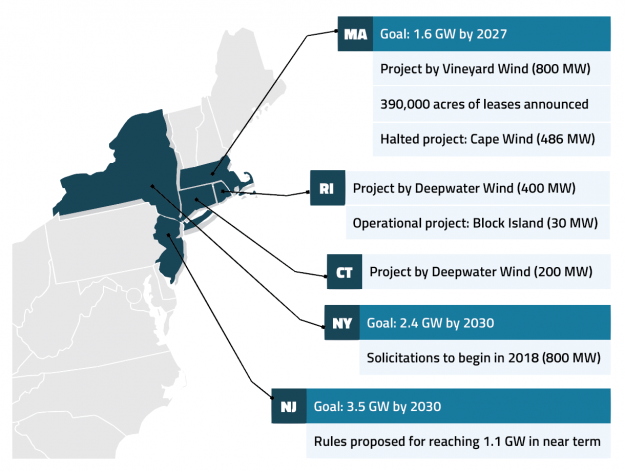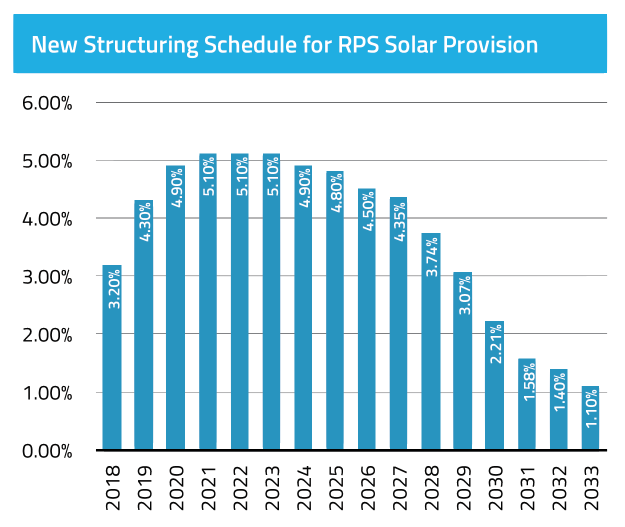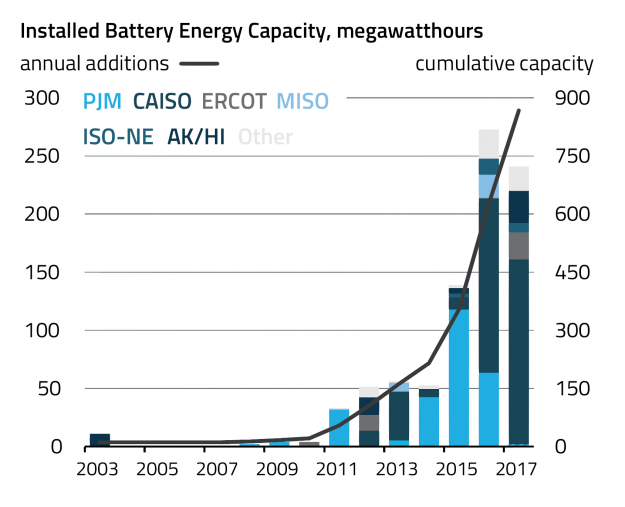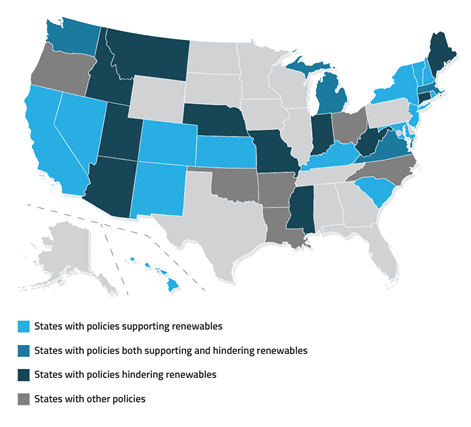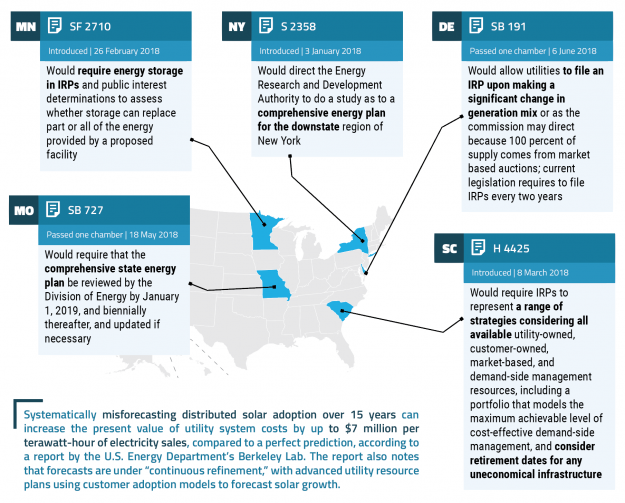EnerKnol’s Visual Primer – Surging Crude Exports Boost U.S. Role in Global Market
U.S. crude oil exports are growing and reaching an increasing number destinations since the removal of the export ban in December 2015. Exports almost doubled from 2016 to 2017, thanks to growing U.S. production, expansions in pipeline and export infrastructure, and a wider discount of the domestic crude oil prices to international prices. U.S. production surpassed that of Russia in June and August, for the first time since 1999, after beating Saudi Arabia in February. Several pro-oil policies implemented recently by the Trump Administration seek to continue the bullish trend.

